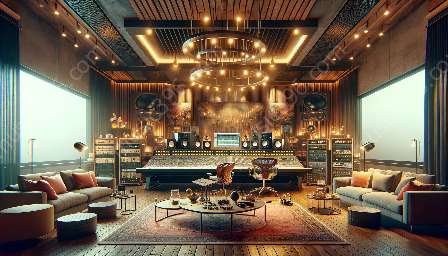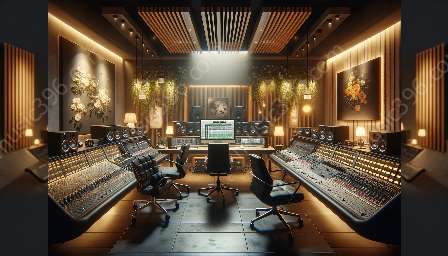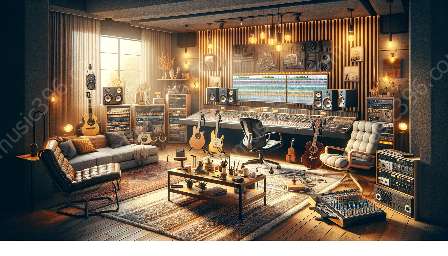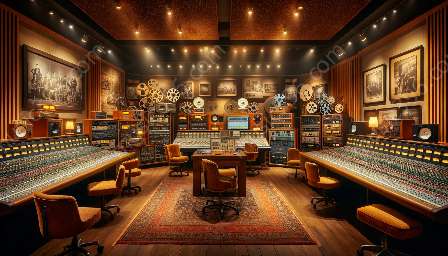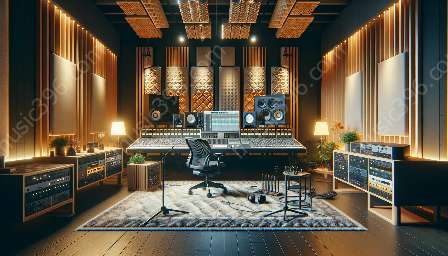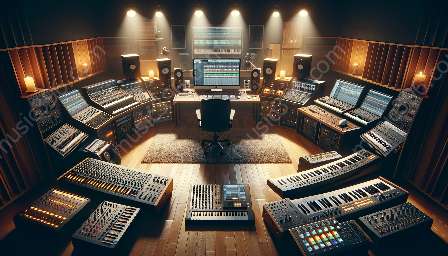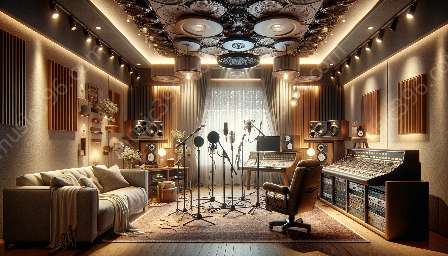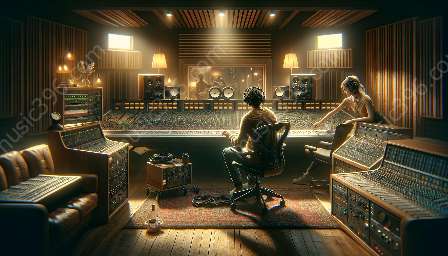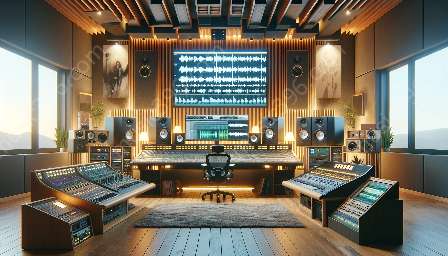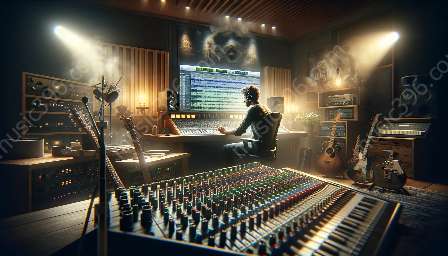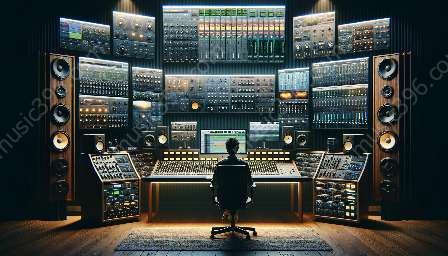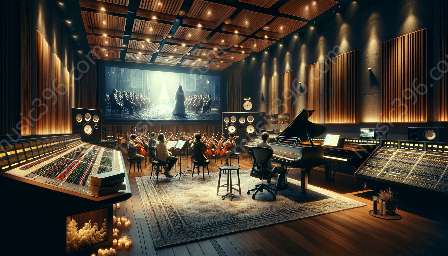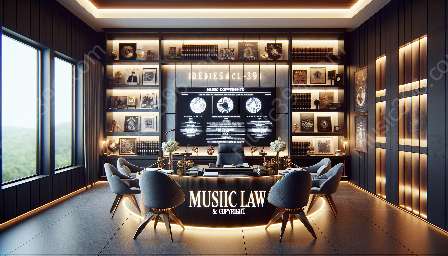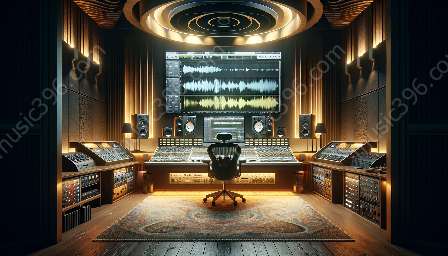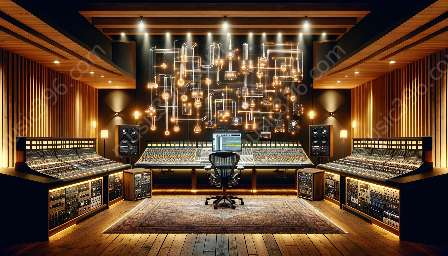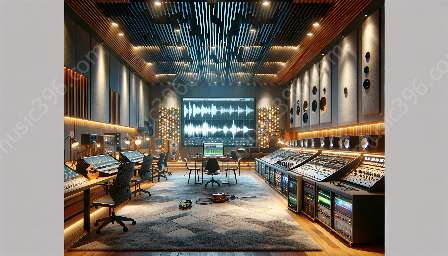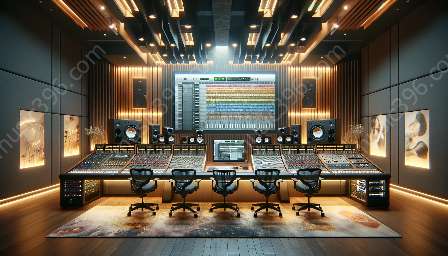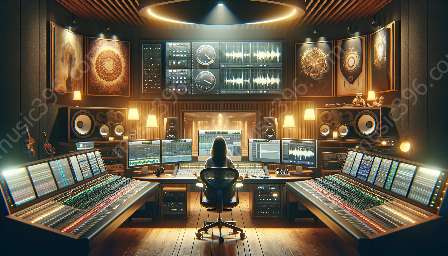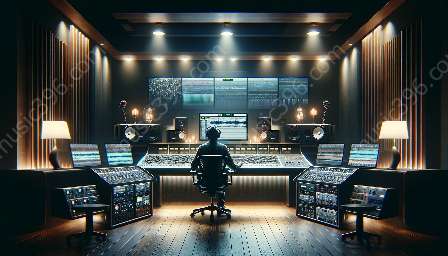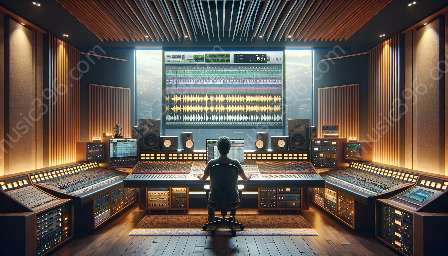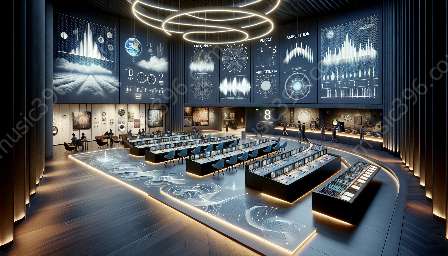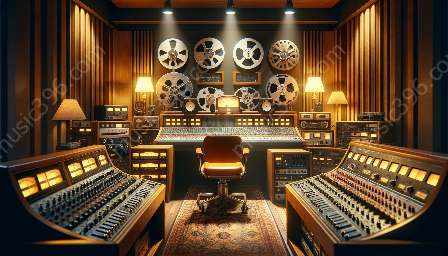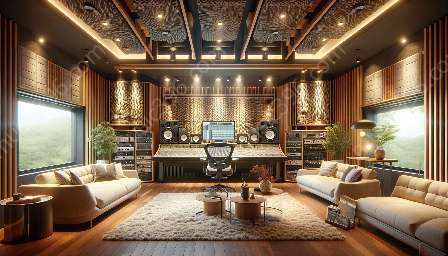Designing a music recording studio requires careful planning and consideration of various factors, including acoustics, equipment, and layout. In this article, we will explore the essential elements of creating an attractive and functional recording space that is compatible with the basics of music production and recording.
Understanding the Basics of Music Production
Before diving into the design of a music recording studio, it's important to have a good understanding of the basics of music production. Music production involves the process of creating music from start to finish, including recording, editing, mixing, and mastering. A well-designed recording studio plays a crucial role in facilitating the music production process.
The Importance of Acoustics
Acoustics play a significant role in creating a high-quality recording environment. A recording studio with poor acoustics can result in unwanted sound reflections, reverberations, and frequency imbalances, negatively impacting the overall sound quality of recordings. To ensure optimal acoustics, consider consulting with an acoustics expert who can assess the space and recommend acoustic treatments such as diffusers, absorbers, and bass traps.
Equipment and Gear
Another essential aspect of designing a music recording studio is selecting the right equipment and gear. This includes microphones, preamps, audio interfaces, studio monitors, and signal processing equipment. When choosing equipment, prioritize quality and functionality to ensure the best possible sound capture and monitoring capabilities.
Layout and Design
The layout and design of a recording studio can greatly impact its overall functionality and aesthetics. Consider factors such as room dimensions, workstation placement, cable management, and lighting. A well-thought-out layout can enhance workflow efficiency and create an inviting atmosphere for musicians and recording engineers.
Creating an Attractive and Functional Space
When designing a music recording studio, it's important to create a space that is not only functional but also visually appealing. Here are some tips for creating an attractive and welcoming recording environment:
- Color Scheme: Choose a color scheme that reflects the studio's branding and creates a calming and inspiring atmosphere for musicians and producers.
- Studio Furniture: Invest in ergonomic and stylish studio furniture, including desks, chairs, and storage units, to enhance comfort and aesthetics.
- Decor and Artwork: Add personality to the studio with artwork, posters, and decorative elements that resonate with the music and creative energy of the space.
- Acoustic Panels: Incorporate acoustic panels with fabric coverings that not only improve sound quality but also add visual interest to the walls.
- Lighting: Install adjustable lighting solutions that can create different moods and enhance the ambiance during recording sessions.
Conclusion
Designing a music recording studio that is compatible with the basics of music production and recording requires a holistic approach that considers acoustics, equipment, layout, and aesthetics. By focusing on these essential elements, you can create a professional and inviting space that enhances the music production process and fosters creativity.

